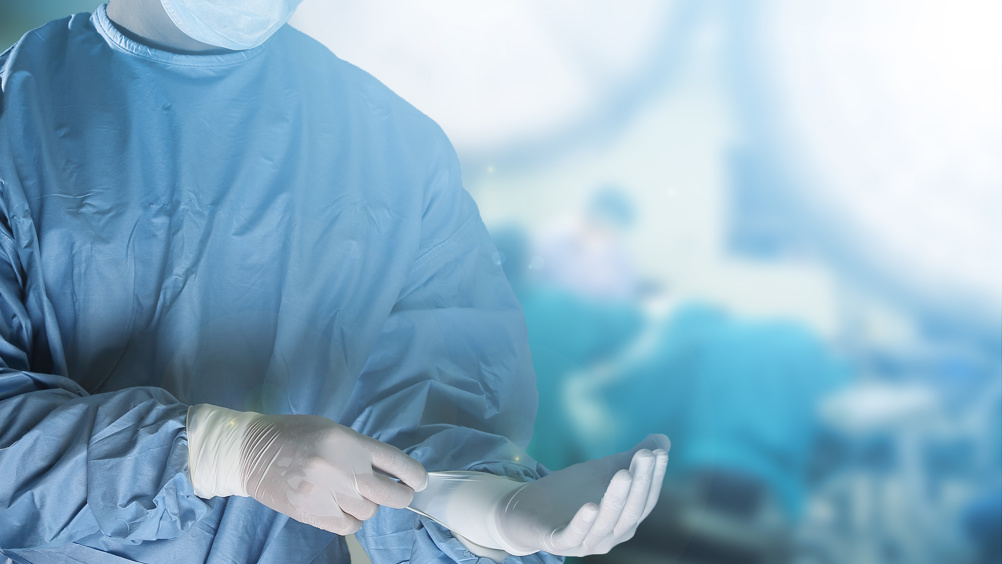References
Use of negative pressure wound therapy on locoregional flaps: a case–control study

Abstract
Objective:
The use of negative pressure wound therapy (NPWT) is ubiquitous in the management of complex wounds. Extending beyond the traditional utility of NPWT, it has been used after reconstructive flap surgery in a few case series. The authors sought to investigate the outcomes of NPWT use on flap reconstruction in a case–control study.
Method:
Patients who underwent flap reconstruction between November 2017 and January 2020 were reviewed for inclusion in the study, and divided into an NPWT group and a control group. For patients in the NPWT group, NPWT was used directly over the locoregional flap immediately post-surgery for 4–7 days, before switching to conventional dressings. The control group used conventional dressing materials immediately post-surgery. Outcome measures such as flap necrosis, surgical site infections (SSIs), wound dehiscence as well as time to full functional recovery and hospitalisation duration were evaluated.
Results:
Of the 138 patients who underwent flap reconstruction, 37 who had free flap reconstructions were excluded, and 101 patients were included and divided into two groups: 51 patients in the NPWT group and 50 patients in the control group. Both groups had similar patient demographics, and patient and wound risk factors for impaired wound healing. Results showed that there was no statistically significant difference between flap necrosis, SSIs, wound dehiscence, hospitalisation duration as well as functional recovery rates. Cost analysis showed that the use of NPWT over flaps for the first seven postoperative days may potentially be more cost effective in our setting.
Conclusion:
In this study, the appropriate use of NPWT over flaps was safe and efficacious in the immediate postoperative setting, and was not inferior to the conventional dressings used for reconstructive flap surgery. The main benefits of NPWT over flaps include better exudate management, oedema reduction and potential cost savings. Further studies would be required to ascertain any further benefit.
Since its introduction and popularisation by Argenta et al.1 and Morykwas et al.2 negative pressure wound therapy (NPWT) has revolutionised the management of various types of wounds. The exact mechanisms of action of negative pressure are often related to both a mechanical (macro-strain or macro-deformation) and biological (micro-strain or micro-deformation) tissue response, which stimulates angiogenesis and granulation tissue formation.3,4,5 In our modern surgical practice at a tertiary healthcare institution, NPWT has an indispensable role in the treatment of complex wounds, such as diabetic foot wounds, complex lower extremity wounds needing reconstruction or in wounds immediately post-skin grafting, mirroring the current evidence present in clinical literature.6,7,8
In recent years, further research has gradually expanded the clinical use of NPWT; we have experienced NPWT being used with various foam interfaces, combined with instillation of fluids or medication, or with other advanced wound products.3,4,5,9 Of particular interest, is the extension of NPWT use to closed incision management. In particular, there is a growing body of evidence showing efficacy of incisional NPWT for high-risk wounds, in terms of reducing risks of surgical site complications.10,11,12,13
Register now to continue reading
Thank you for visiting Journal of Wound Care's Silk Road Supplement and reading some of our peer-reviewed resources for healthcare professionals across Asia. To read more, please register today.
